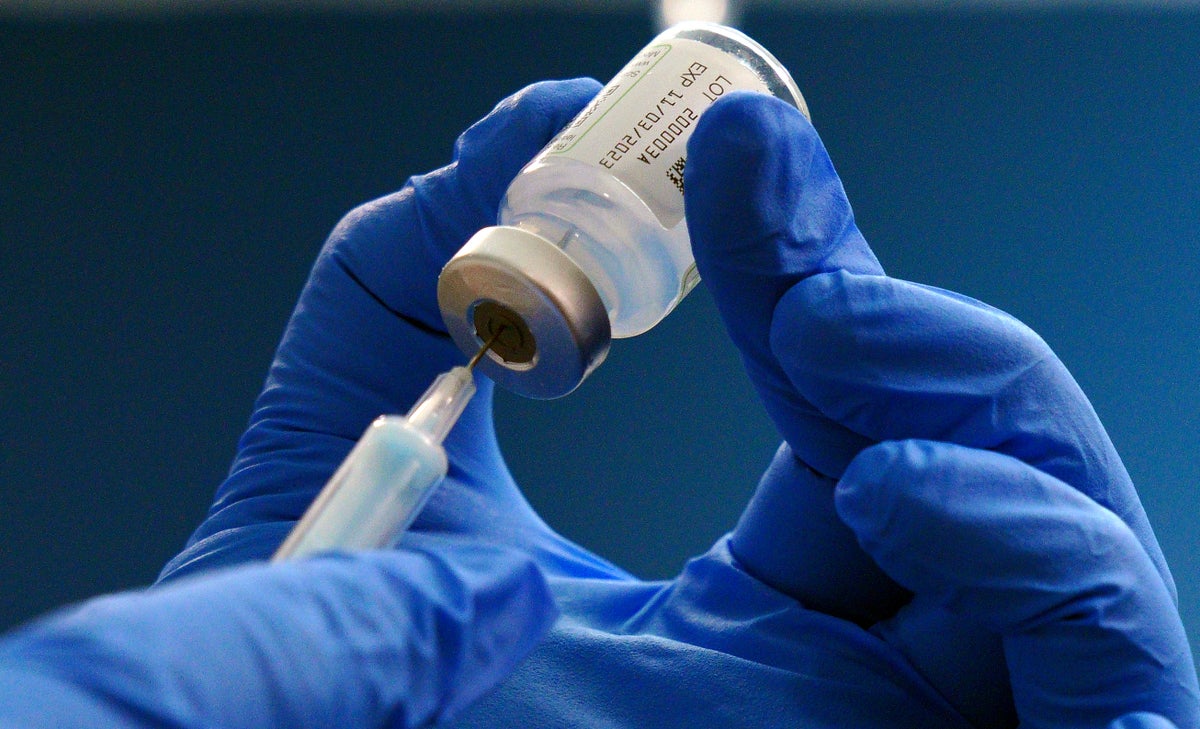As Americans prepare to go back to school, for the start of the NFL season, and the beginning of fall, Covid cases are spiking across the nation. Hotspots include California, Utah, North Carolina, and Maine, with the U.S.
Centers for Disease Control and Prevention reporting “very high” viral activity . But, there’s now some reason to hope for a healthier fall: On Thursday morning, the Food and Drug Administration approved the latest Covid vaccines for Americans, aged six months and older. “Vaccination continues to be the cornerstone of COVID-19 prevention,” Dr.

Peter Marks, director of the FDA’s Center for Biologics Evaluation and Research, said in a statement. The announcement comes as states across the country, like Oregon and Iowa, are grappling with surges — even as pandemic-era masking has been rolled back. In some areas, including California’s Bay Area, counties have even recommended residents wear masks once again.
The CDC’s Covid Data Tracker shows early indicators that test positivity, emergency department visits, and deaths are all up through August 10. The American Hospital Association said that the 18.1 percent test positivity rate for that week was the “highest it has been since January 2022.
” Wastewater surveillance, “an early warning sign of Covid -19’s spread in communities,” demonstrates very high viral activity across the U.S. indicating positivity rates could be even higher than reported test results,” the group said.
State-level data is showing the same thing, and former White House Covid -19 Response Coordinator Dr. Ashish Jha told NPR’s Morning Edition that — based on wastewater data — “this is turning out to be possibly the biggest summer wave we’ve had .” Jha pointed out that most Americans aren’t testing, making tracking the infections tricky.
Wastewater can be tested to find traces of infectious diseases circulating in a community. Wastewater data from the CDC shows current levels for 18 states across the country are regarded to be “very high,” largely on the coasts. Since the omicron variant swept the U.
S. in the fall and winter of 2022, the virus has been mutating. The latest variant responsible for most infections in the U.
S. is an offshoot of omicron known as KP.3.
1.1 .This strain behaves much like other omicron variants.
While the CDC acknowledges that Covid-19 “ no longer causes severe illness on the scale it once did” — and long Covid rates have decreased — there are still renewed concerns heading into colder months. Respiratory virus season starts as early as the summer, with illnesses typically peaking during the fall and winter months , as people head indoors. Cold and dry air may weaken resistance to such viruses, according to Johns Hopkins.
In advance of the season, HHS has launched a new public campaign to help spread awareness of vaccines that reduce serious illness from flu, Covid, and respiratory syncytial virus (RSV) in high-risk populations and to limit the spread of these viruses among all Americans. The department will use paid advertising and media coverage, with a particular focus on those at highest risk. Coronavirus never left, but the U.
S. transitioned away from pandemic regulations and practices after the Biden administration brought the COvid public health and national emergencies to a close in May of last year. Just over a week before the May 11 conclusion, the White House announced it would end vaccination requirements for federal employees, contractors, and international travelers.
Department of Health and Human Services Secretary Xavier Becerra released a statement on the day the emergencies were terminated, assuring that “COVID-19 remains a public health priority.” Following that decision, unspent Covid relief money was taken away from intended recipients, and House Republicans called for an inquiry into emergency pandemic response and 988 suicide and crisis hotline funding that was still unspent last November. During the same month, President Biden announced $600m for new at-home Covid tests, during a winter spike.
Since then, our understanding of the pandemic has shifted. Aron Hall , the deputy director for science at the U.S.
Center for Disease Control and Prevention’s coronavirus and other respiratory viruses division, told NPR earlier this month that Covid-19 “can be described as endemic.” Endemic means that a disease is prevalent in a certain community year-round. At the height of the pandemic, reporters relied on CDC and Johns Hopkins Medical Center data to track national and global infections rates.
Now, that Johns Hopkins tool has been long shut down and CDC data is imperfect..


















